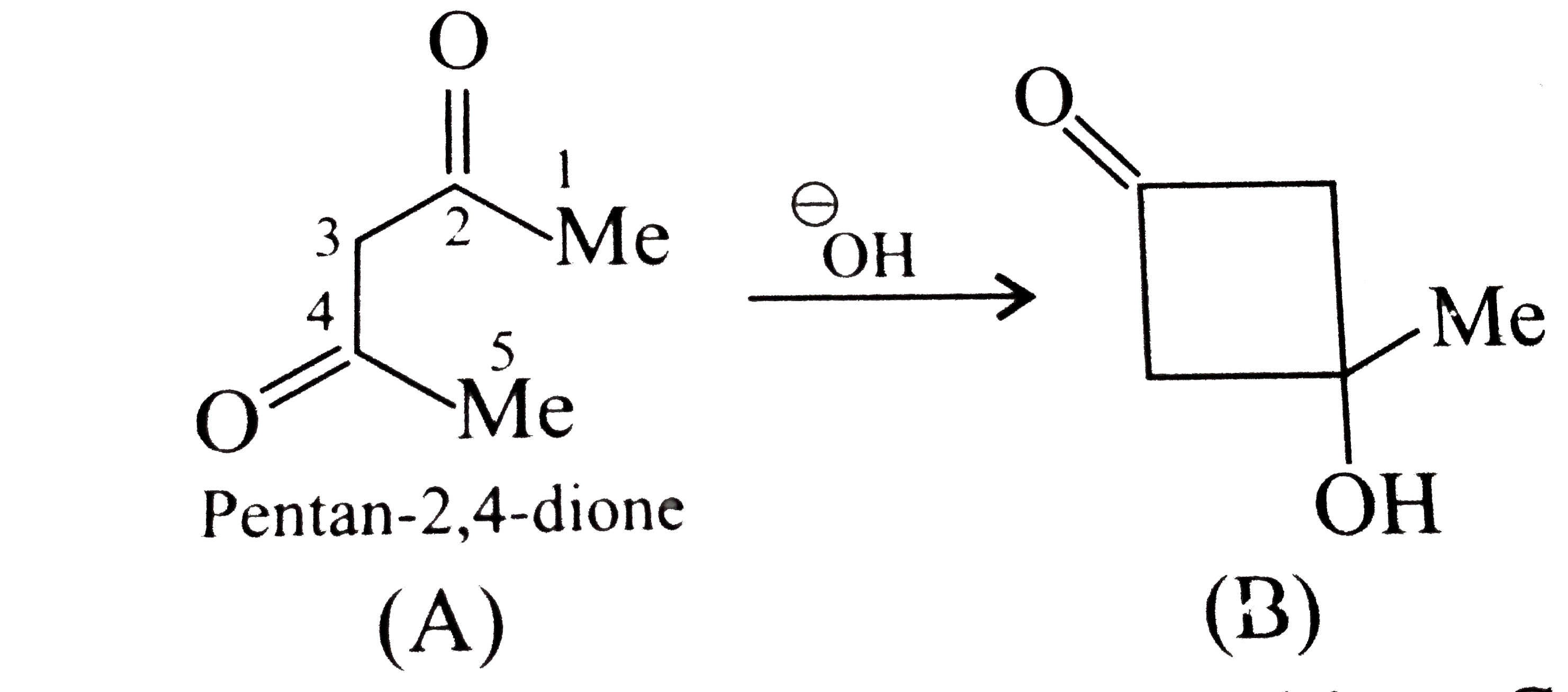Assertion (A): The process of DNA copying does not result in variations.
Reason (R): No biochemical reaction is absolutely reliable
Both A and R are true and R is the correct explanation of A.
Both A and R are true but R is not the correct explanation of A.
A is true but R is false.
A is false but R is true.
To analyze the assertion and reason provided in the question, we will break down the statements and evaluate their validity step by step.
1. Understanding the Assertion (A):
- The assertion states that "The process of DNA copying does not result in variations."
- In general, DNA replication is a highly accurate process. The enzymes involved in DNA replication, such as DNA polymerases, have proofreading abilities that minimize errors. Therefore, in the vast majority of cases (about 99%), DNA copying does not lead to variations.
2. Understanding the Reason (R):
- The reason states that "No biochemical reaction is absolutely reliable."
- While it is true that biochemical reactions can have variability due to various factors (like enzyme efficiency, environmental conditions, etc.), it does not directly relate to the assertion about DNA replication. In most cases, the replication process is reliable, but it is not immune to rare errors.
3. Evaluating the Relationship:
- Both the assertion and the reason are true statements. However, the reason does not serve as a correct explanation for the assertion. The assertion focuses specifically on DNA replication, which is generally reliable, while the reason discusses biochemical reactions in a broader context.
4. Conclusion:
- Since both statements are true but the reason does not explain the assertion, we conclude that the assertion is correct, and the reason is also correct, but not a valid explanation for the assertion.
Final Answer:
Both the assertion and reason are true, but the reason is not a correct explanation for the assertion.
- The assertion states that "The process of DNA copying does not result in variations."
- In general, DNA replication is a highly accurate process. The enzymes involved in DNA replication, such as DNA polymerases, have proofreading abilities that minimize errors. Therefore, in the vast majority of cases (about 99%), DNA copying does not lead to variations.
- The reason states that "No biochemical reaction is absolutely reliable."
- While it is true that biochemical reactions can have variability due to various factors (like enzyme efficiency, environmental conditions, etc.), it does not directly relate to the assertion about DNA replication. In most cases, the replication process is reliable, but it is not immune to rare errors.
- Both the assertion and the reason are true statements. However, the reason does not serve as a correct explanation for the assertion. The assertion focuses specifically on DNA replication, which is generally reliable, while the reason discusses biochemical reactions in a broader context.
- Since both statements are true but the reason does not explain the assertion, we conclude that the assertion is correct, and the reason is also correct, but not a valid explanation for the assertion.
Both the assertion and reason are true, but the reason is not a correct explanation for the assertion.
Topper's Solved these Questions
- DIKSHA QUESTIONS BOOK - OSWAL PUBLICATIONCHAPTER - DIKSHA QUESTIONS EXERCISE - HEREDITY AND EVOLUTION (VERY SHORT ANSWER)
14 Videos
- DIKSHA QUESTIONS BOOK - OSWAL PUBLICATIONCHAPTER - DIKSHA QUESTIONS EXERCISE - HEREDITY AND EVOLUTION (SHORT ANSWER)
11 Videos
- DIKSHA QUESTIONS BOOK - OSWAL PUBLICATIONCHAPTER - DIKSHA QUESTIONS EXERCISE - REPRODUCTION (LONG ANSWER)
18 Videos
- HEREDITYBOOK - OSWAL PUBLICATIONCHAPTER - HEREDITYEXERCISE - BOARD CORNER (Long Answer Type Questions)
4 Videos
Similar Questions
Knowledge Check
Assertion (A): The rate of reaction sometimes does not depends on concentration.
Reason(R ): The order of reaction can be negative.AIf both (A) and (R) are correct, and (R) is the correct explanation of (A).BIf both (A) and (R) are correct, but (R) is not the correct explanation of (A).CIf (A) is correct, but (R) is incorrect.DIf (A) is incorrect, but (R) is correct.Assertion (A): Removal of gonads results in complete sterilisation.
Reason (R): It is the best option available and offers exceptional results.ABoth A and R are true and R is the correct explanation of ABBoth A and R are true but R is not the correct explanation of ACA is true but R is falseDA is false but R is trueAssertion (A) : The order of a reaction can be fractional but molecularity is never fractional.
Reason (R ): The order of reaction does not depend upon the stoichiometric coefficients of a balanced equation.AIf both (A) and (R) are correct, and (R) is the correct explnation of (A).BIf both (A) and (R) are correct, but (R) is noth the correct explanation of (A).CIf (A) is correct, but (R) is incorrect.DIf (A) is incorrect, but (R) is correct.
Assertion (A) : Benzoic acid does not undergo Friedal-Crafts reaction.
Reason (R ) : The carboxyl group is activating and undergo electrophilic substitution reaction.
View SolutionAssertion (A): Tapeworm does not possess a digestive tract .
Reason (R): Tapeworm is an ectoparasite.
View SolutionThe Process of copying genetic information from one stand of DNA nto Y is termed as Z.
View SolutionAssertion (A): DNA copying is necessary during reproduction.
Reason ( R): DNA copying leads to the transmission of characters from parents to offspring.
View SolutionAssertion (A): The following intramolecular aldol reaction occurs.

Reason (R ): The carbanion does not add to C-4 because a strained four-membered ring would result.
View Solution
